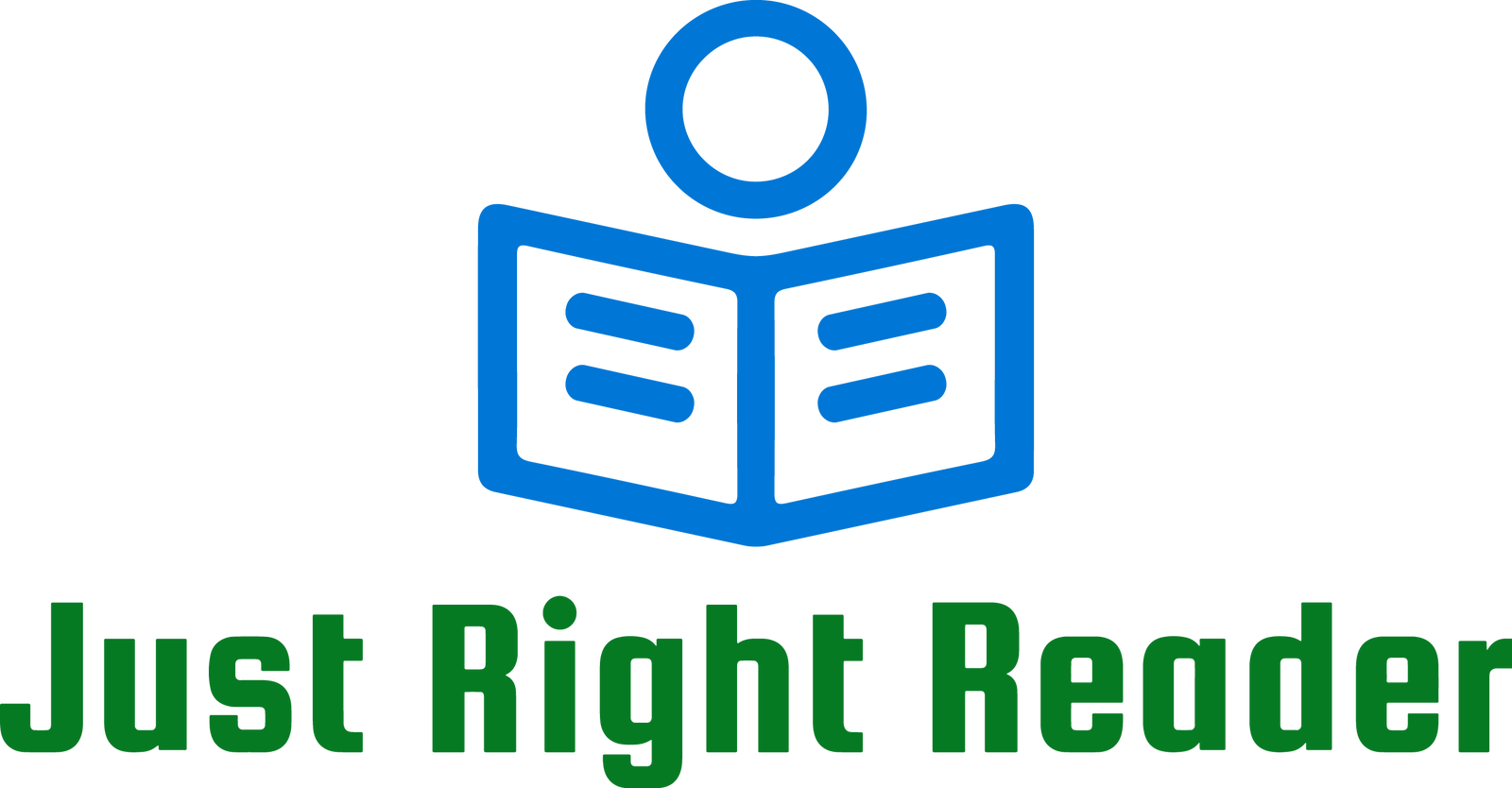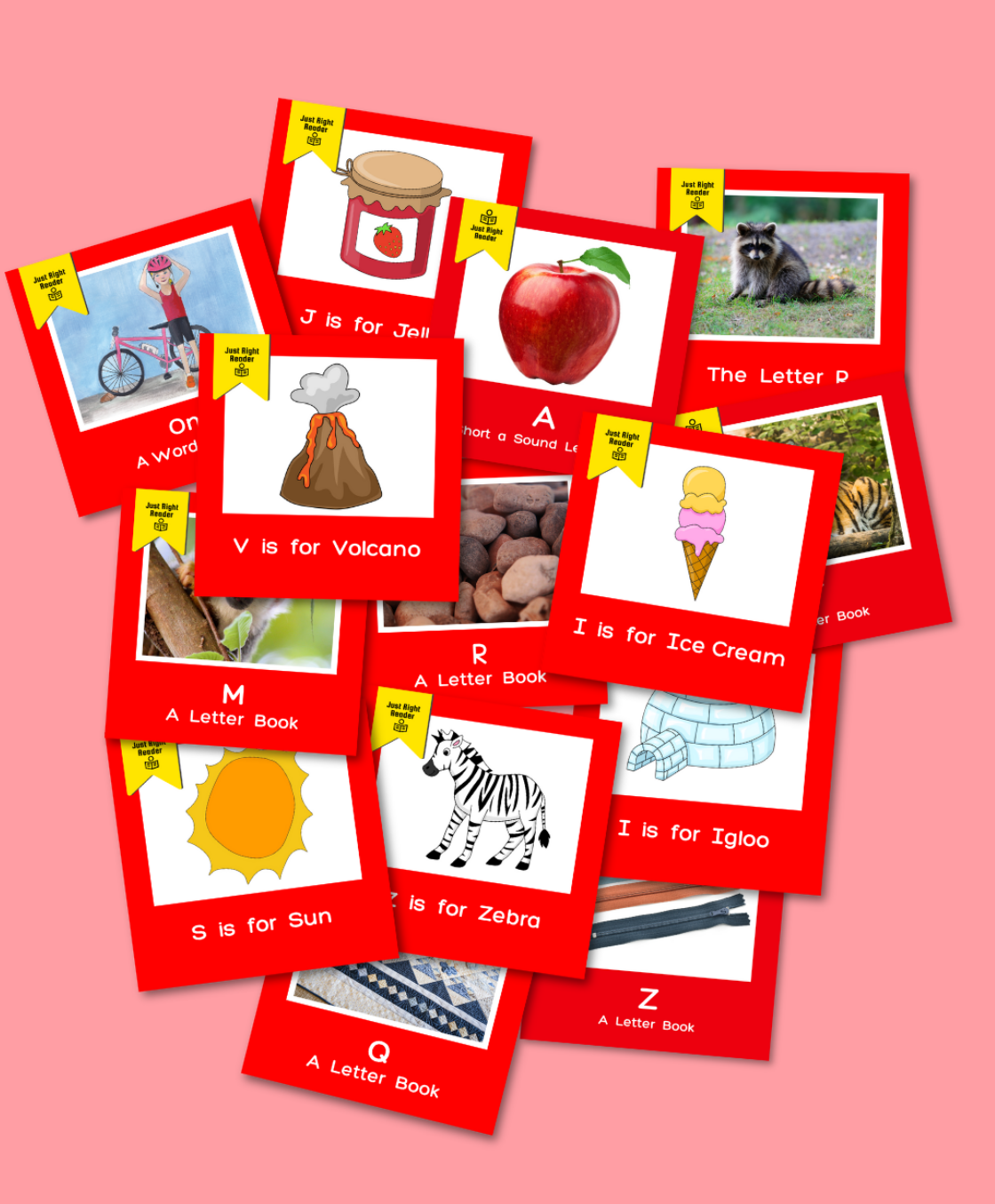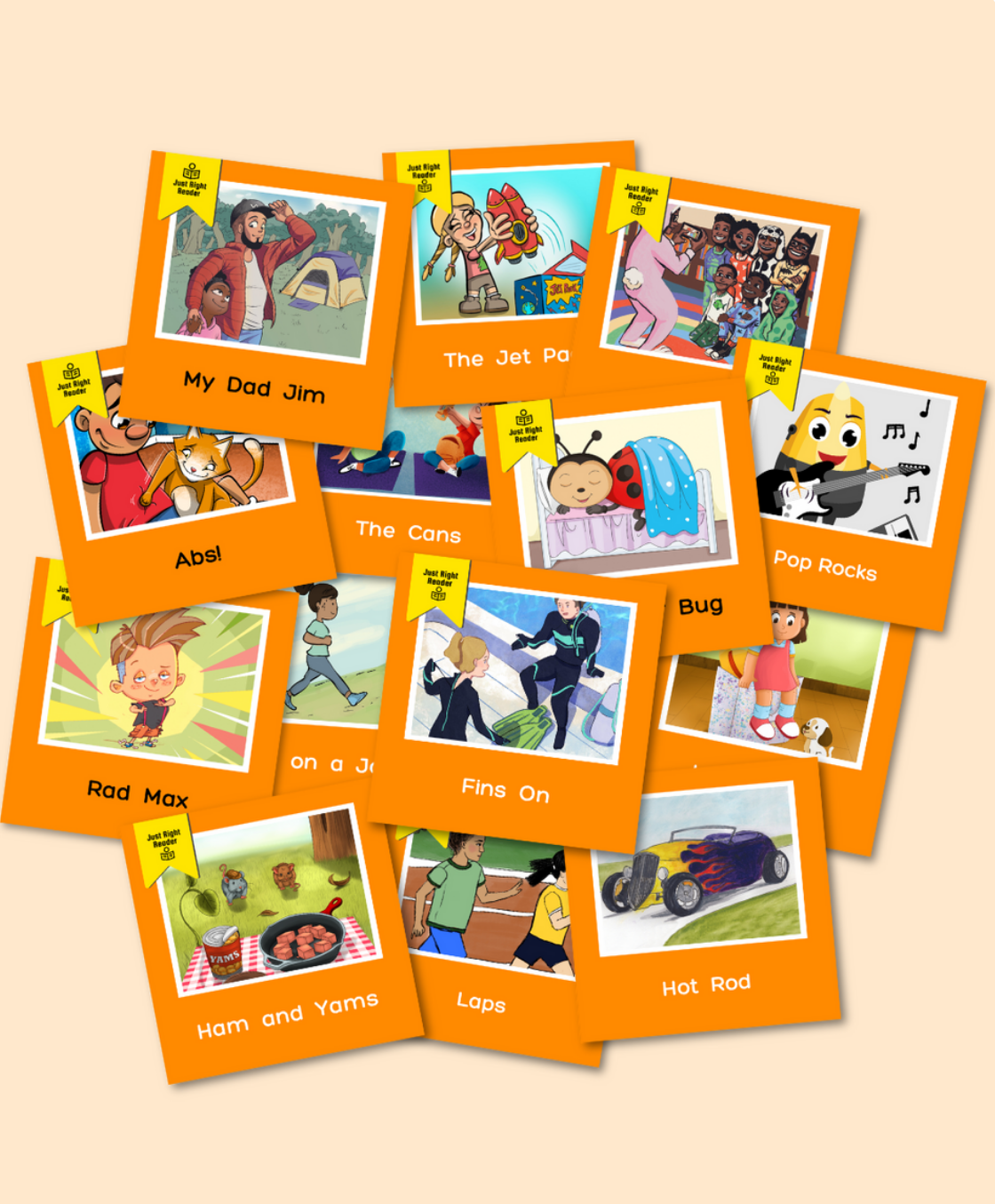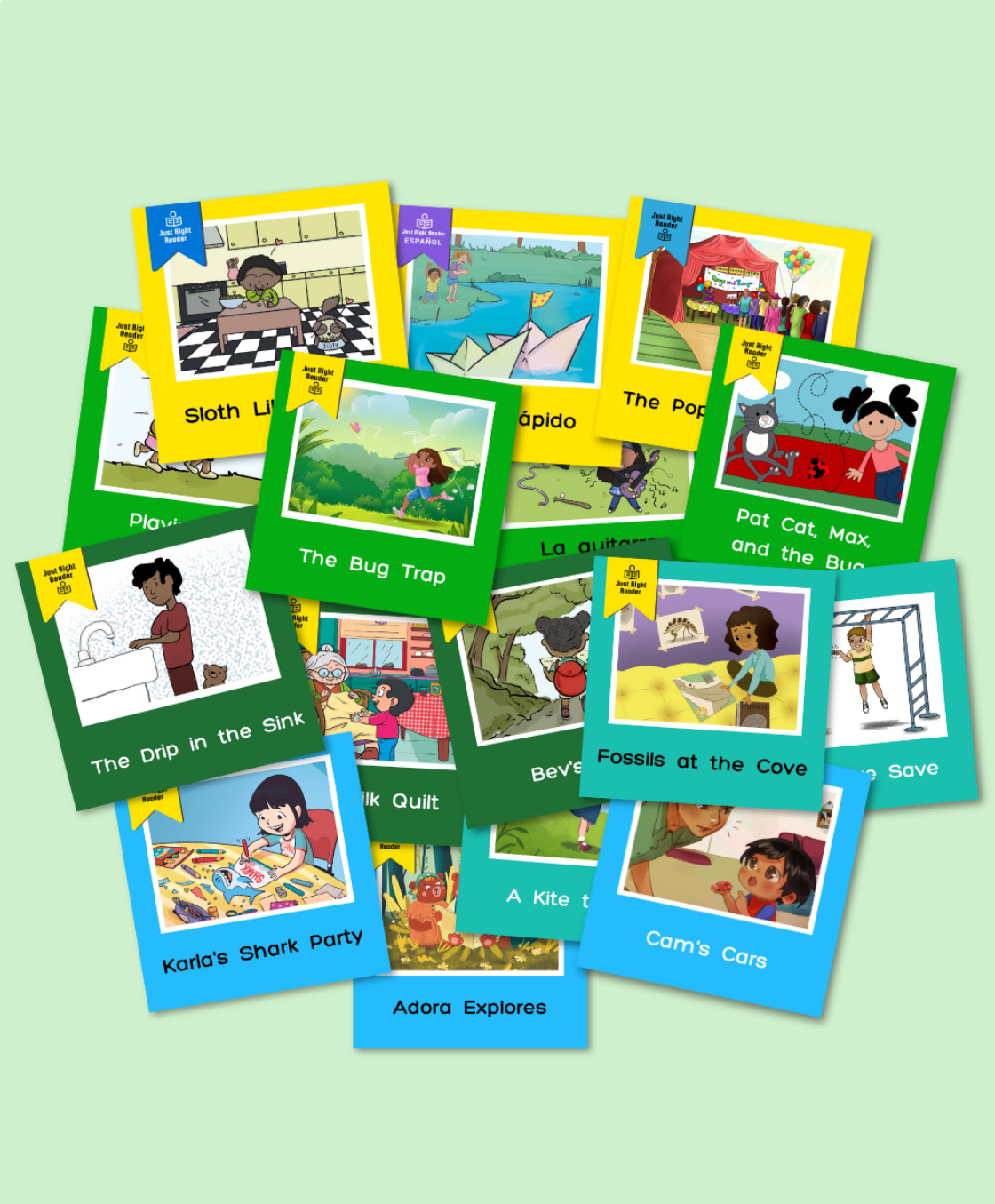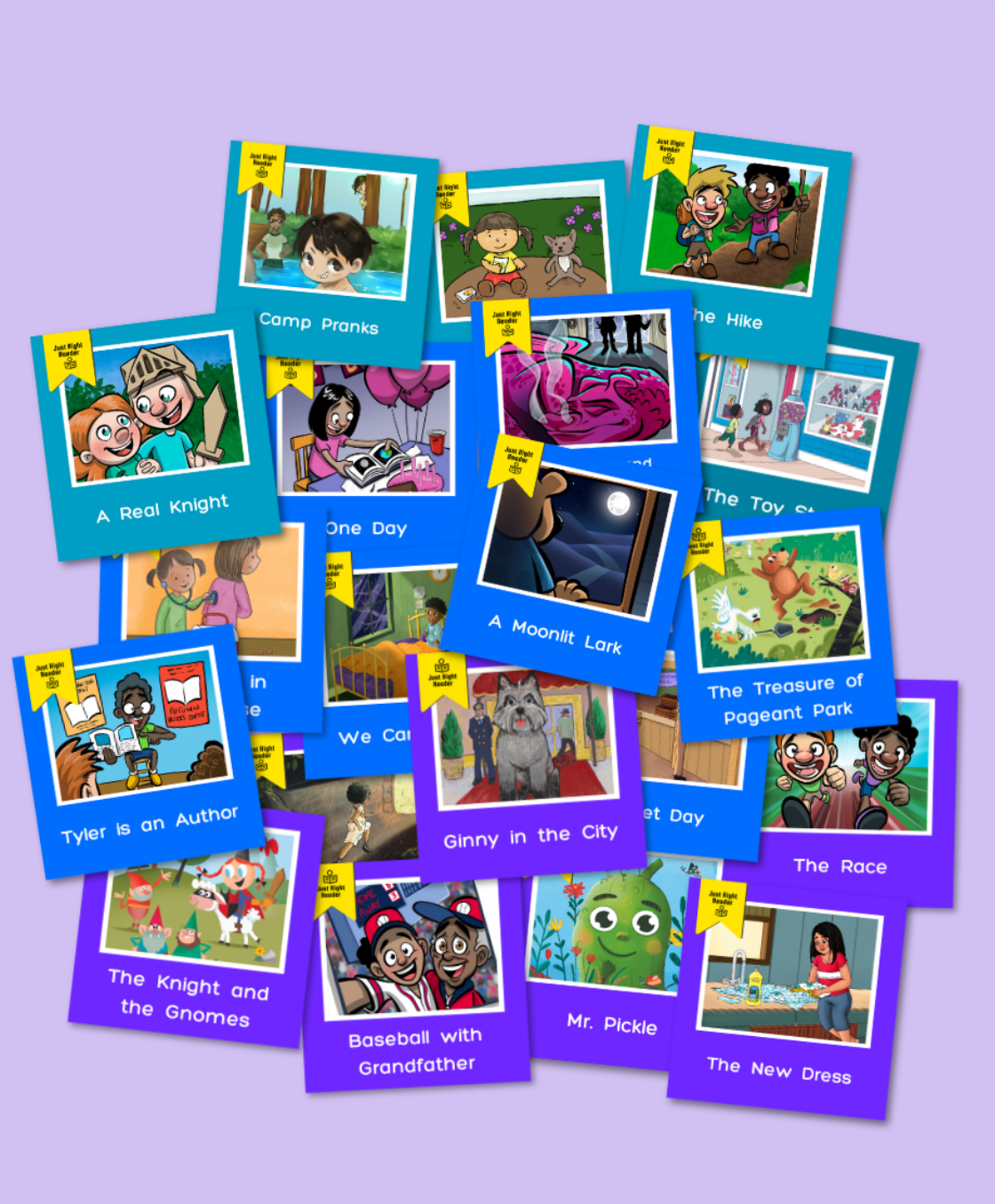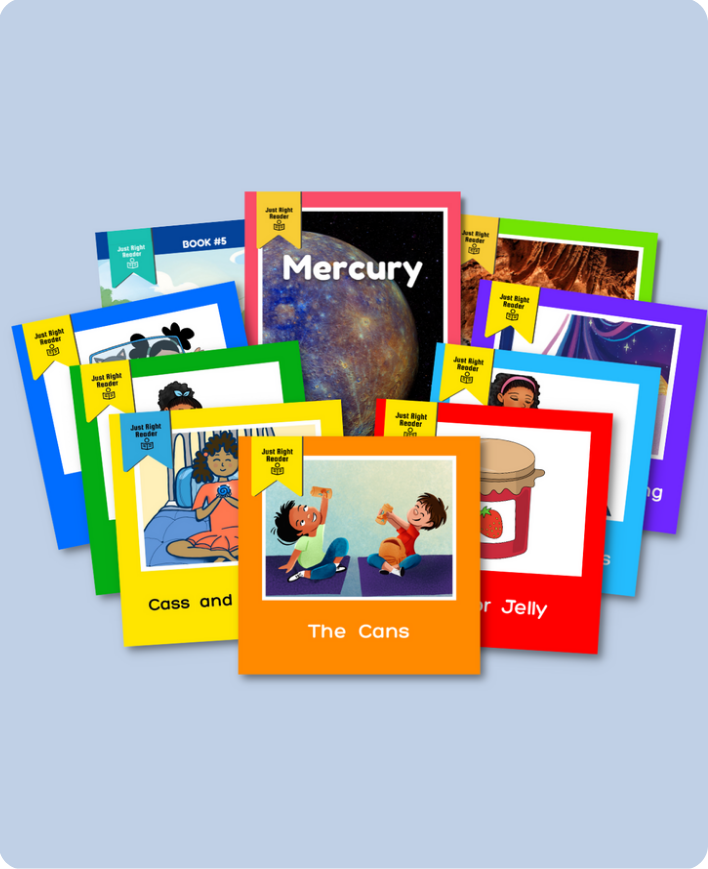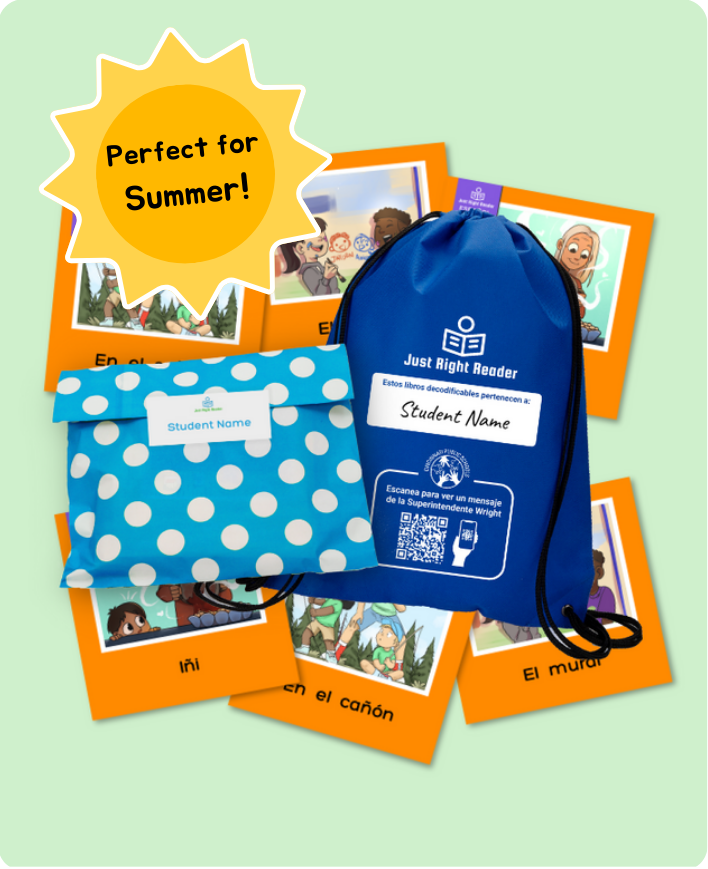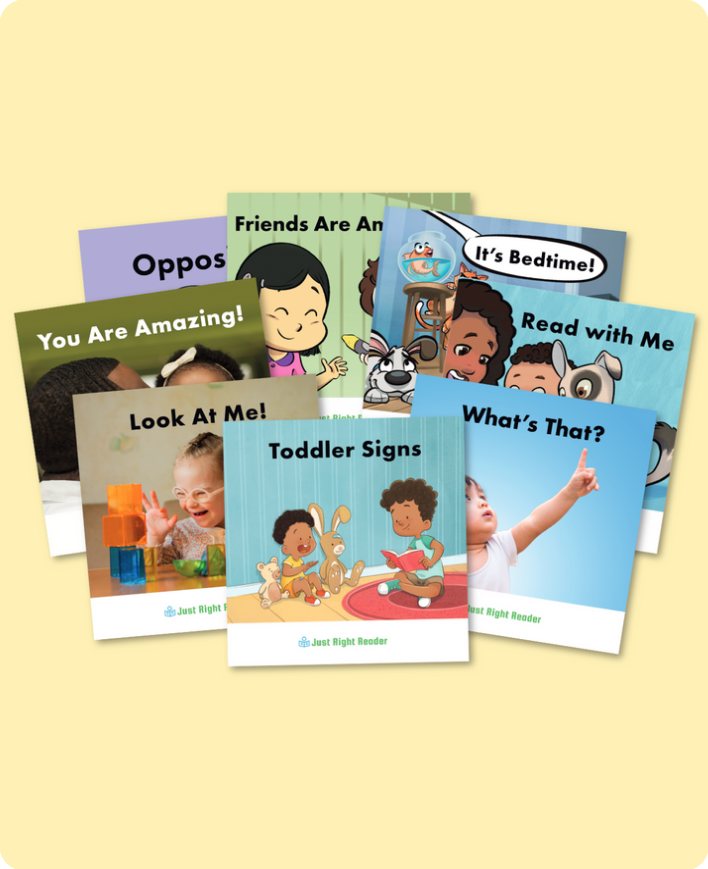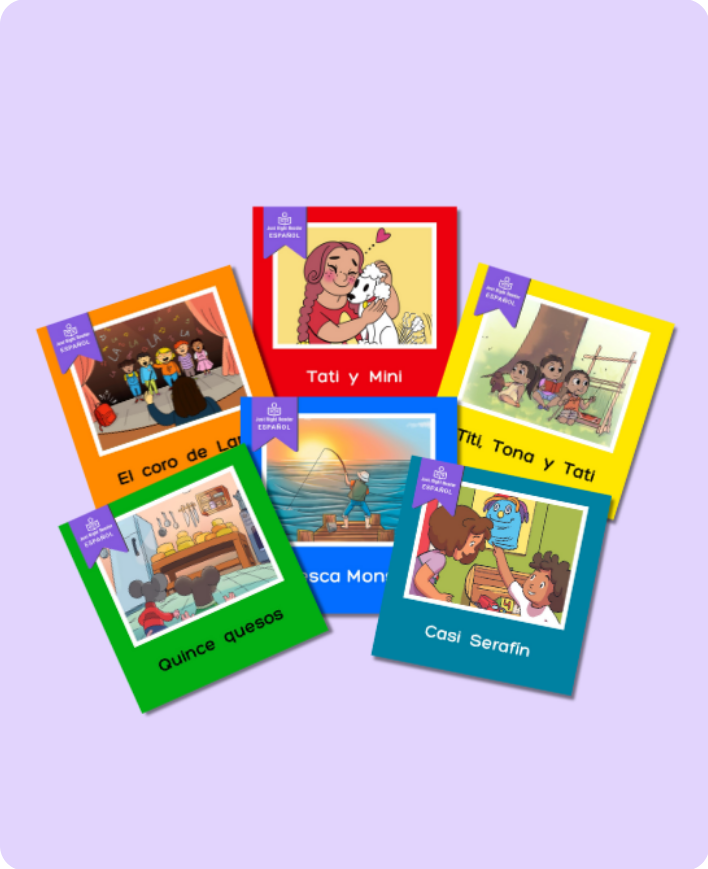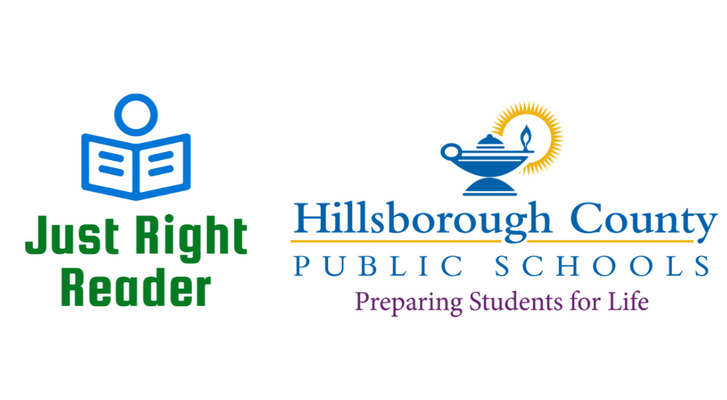
Alphabetic knowledge is crucial for students to become successful lifelong readers.
Educators and parents often wonder: what is the most effective way to teach children alphabetic knowledge?
"Without letters, you can't get to words. Without words, you can't get to other text that allows kids to eventually understand what they read. They are essential to learning how to decode words. " Dr. D. Ray Reutzel, Senior Research Fellow at The Center for the School of the Future
Moving Away From "Letter-a-Week" and Towards "Letter-a-Day"
Dr. Reutzel reveals the traditional approach to teaching early literacy, often referred to as the outdated "Letter a Week" model, is in fact, not the most effective way to teach letters for several reasons. Dr. Reutzel notes that it implies all letters are equally important and require equal time and attention for learning. However, research suggests that certain letters, such as vowels and high-frequency consonants, are easier for children to grasp compared to low-exposure letters. Additionally, the "Letter a Week" method doesn't provide time to revisit previously taught letters, resulting in the likelihood of early-year letters being forgotten over time.
What does research say about instructional pacing when teaching letters?
Dr. Reutzel shares that the findings of significant studies grounded in the Science of Reading research support a “Letter a Day” model, in which educators teach letters on a 26-day review cycle. This 26-day cycle follows the “Law of 10-20” (Fashler 2006), which states the ideal frequency to review a specific memory set (in this case, each letter) is every 18.5 - 37 days.
In other words, to optimize letter instruction, students must review the letters every 18.5-37 days, which happens naturally when educators teach and review a letter each day.

Dr. Reutzel also recommends that alphabetic lessons in this model should only be 10-15 minutes long each day. Within that time, the most effective lesson plans were those for “Multi-Componential Alphabet Instruction” (Piasta & Wagner 2010).
Discover which lesson components are critical in teaching letters here.
What makes Just Right Reader Pre-Emergent Decodables Special?
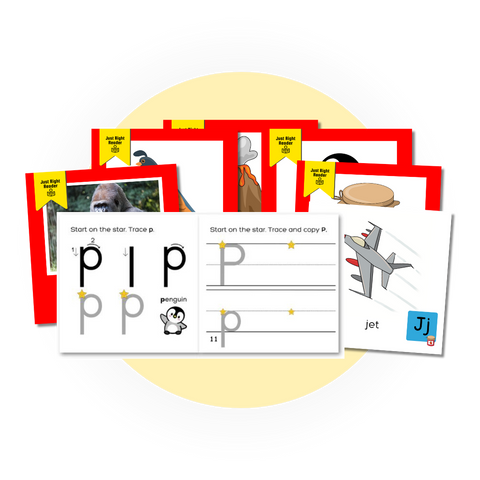
Our Letter & Word Books for Early Readers Feature:
- Letter combinations to identify upper and lower case letters.
- As soon as students learn letters, they move right into decoding words in authentic texts.
- Dry-erase writing pages for students to practice writing their upper and lower case letters.
- Phonics activities and word games that make practice fun.
Ready to Learn More?
Learn more about the benefits of using decodable books in literacy instruction.
View the full symposium with Dr. Reutzel on using "Letter-a-Day" research.
